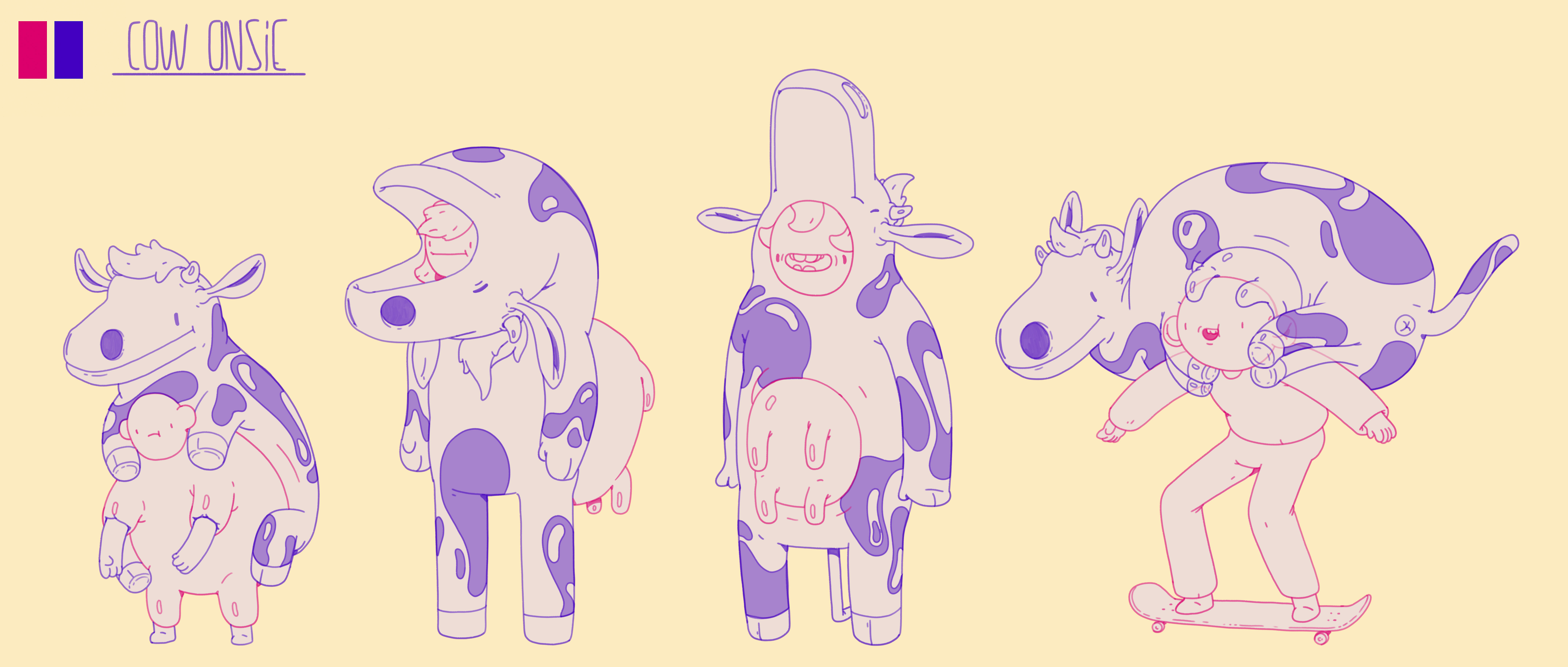
3D representation of a Knight's Tour of a 10x10 chessboard.
The Knight's Tour is a classic chess puzzle. The Knight moves in an L-shape: two-across-one-up, or two-up-one-across, or any other variant thereof. The Knight is a relatively weak piece in chess, being able to reach up to only 8 other spaces. By comparison, a Bishop can reach between 7 and 13, a Rook 14, and the Queen between 21 and 27. The Knight's advantage is that she can jump over pieces, rather than being blocked by them. *Well, she's on a horse, isn't she?)
The jumping ability of the Knight made me think about representing the moves using a 3D arc. This suggested a 'flow' of movement, so I decided to allow the Knight to submarine under the board as well as jump over it - placing her on a dolphin, instead of a horse, I suppose. Because of the abrupt changes of direction, a circular cross-section was preferable, since it would be easy to align without altering the curvature of the pattern.
I began by selecting a simple solution to the Knight's Tour, using a 10x10 grid rather than the classic 8x8 of a chessboard, because the resulting designs are more visually appealing, and the viewer can see the inherent rotation in the final design. This meant I would need 100 moves (50 jumps and 50 dives) so I set up the grid and the eight basic moves beforehand, both in jump and dive form.

I drew a 2D .jpg of the Knight's Tour and imported it. I resized it to align with the grid and started placing jumps. To start, I began in the center with the transitional moves from eack block to the next. By following the jumps in order, I determined that I would exit a block using the same kind of move (, or ) because of the number of moves per block (25, an odd number and I'm arranging consecutive jumps in pairs, so it had to be a duplicate). From experience, I knew that the next block that followed an block would have to be an block in order to follow my counterchanging pattern. This meant that it would be a 90-degree clockwise rotation about the central axis of the grid, and a reflection across the plane of the grid. These were simple feats to accomplish with Shapr3D, so I focused on one quadrant at a time, with the intention of completing it and then duplicating it.


After completing the jumps following the sequence on the diagram, there were multiple self-intersections among the tubes. To correct this, I used the height of the arcs to avoid collisions between tubes. This created gaps in the pattern. These, I then filled using the Loft tool in Shapr3D, to create straight tubes that continued the flow of the shape.


The resulting shape is what I tend to think of as some kind of mad euphonium. The constraints of the system I used to determine the size, shape, and usage of arcs is what led to the irregularity of the pattern.
When viewed from above, though, the flow and symmetry of the pattern is more visible. Completing the design by reflecting and rotating the remaining lobes into place brings order out of disorder. I shaded them to show the progression.








